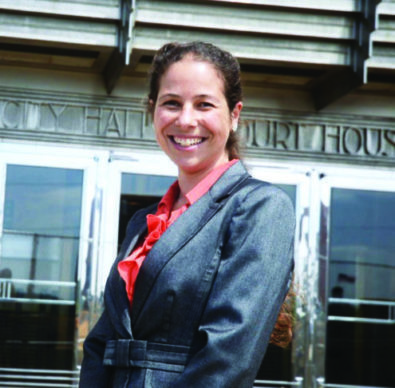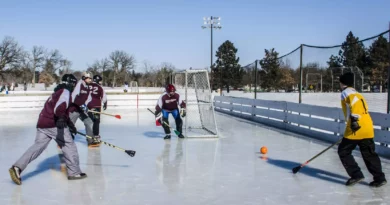A Greener St. Paul
Council Perspectives
St. Paul City Council Member
Rebecca Noecker
columnist
When you think of city government, what comes to mind?
For most of us, it’s mundane acts of daily public problem-solving—sweeping the streets, cleaning up trash, filling potholes, fixing park benches.
Increasingly, though, cities are starting to tackle much bigger problems, the solutions to which will determine how we, our children and their children experience life in St. Paul. Local government is more nimble and closer than the federal or state government to the problems Americans face on a daily basis, and cities are increasingly the primary engines of social, economic and environmental innovation in response to daunting challenges.
One of those challenges is how to grow in an environmentally sustainable way. The Metropolitan Council estimates that St. Paul will add 54,000 new residents and 19,000 new jobs by 2040. The prospect of that growth is exciting. However, it will take thoughtful planning and policymaking to ensure that we can welcome new people and jobs while minimizing the impact on the environment and our quality of life. In departments across the city, we’re doing a lot of that work now.
New residents and workers will need homes and offices—but as we construct space for them, we must do so knowing that buildings are the city’s biggest source of carbon emissions. To ensure that new construction is as efficient as possible, we’ve passed an energy benchmarking ordinance requiring building owners to monitor and report on their water and energy use. We also created Energize Saint Paul, a program that provides resources for property owners and residents to make their buildings more efficient and reduce pollution and utility costs.
Cars also have an enormous impact on our environment, so we need to make it easier for all of us to get around without them. Traffic and parking in some of our neighborhoods is already congested, and it will only get worse if we welcome thousands of new residents without multi-modal transit options. To expand travel options, we’re creating new bike lanes and trails, like the recently completed Robert Piram Trail from Harriet Island to South St. Paul, the Capital City Bikeway in downtown, and The Grand Round, which will provide 30 miles of off-road bike paths around the city. We’re also collaborating on several substantial transit projects, including the Gold Line along I-94E; the Rush Line connecting White Bear Lake to downtown St. Paul; the Riverview Corridor from downtown St. Paul to the MSP airport and the Mall of America; and three new bus rapid transit lines which will serve the Selby/Marshall, Rice/Robert and Como/Maryland corridors.
Driving will still be necessary at times, so we’re reducing pollution by facilitating car-sharing and investing in hybrid technology. The City’s new Evie Carshare fleet will be powered by renewable energy and will expand into neighborhoods that historically lacked access to car-sharing and robust transit service. In addition, by replacing City vehicles that had old, high-polluting diesel engines over the last three years, we’ve achieved a decrease in pollution equal to taking over 20,000 vehicles off the road.
When people are less car-dependent, new buildings don’t need to dedicate as much space for parking. City staff are currently studying whether we can reduce or eliminate minimum parking requirements, which will allow us to use land more efficiently and reduce climate unfriendly surface parking lots.
These are a few of the ways in which the City is preparing for a future that is both denser and greener – and there’s much more we can do. I’m grateful to those of you who contact me with ideas on this subject, and I hope you’ll continue to share your thoughts on how we can grow into a greener St. Paul.




